LISBON
the city of lisbon, settled since the 2nd century b.c., is the capital of portugal since 1255, and the country's dominant place ever since.
its greatest time was from 1500 to 1700 - but in november 1755 a devastating earthquake destroyed about 4/5 of the buildings, and about 40000 residents died. lisbon was re-built, yet it lost its status as a powerful place.
nevertheless, it is full of stunning environments and urban facets, and thus a very exciting place for travellers - and less crowded than other famous cities!
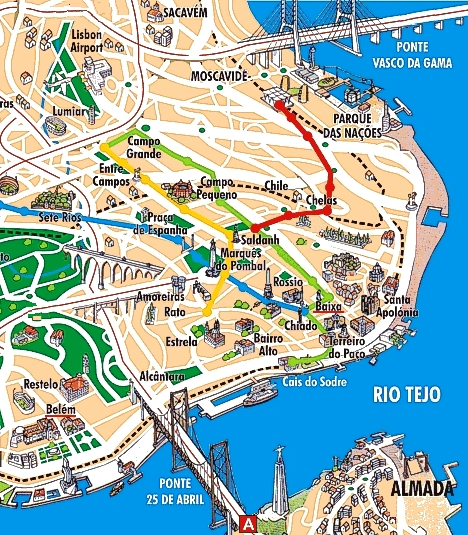
the area "baixa" is were historic lisbon was destroyed and then rebuilt - see detailed city center map below. the western suburb "belem", less devastated by the earthquake, is very rich of historic architecture.
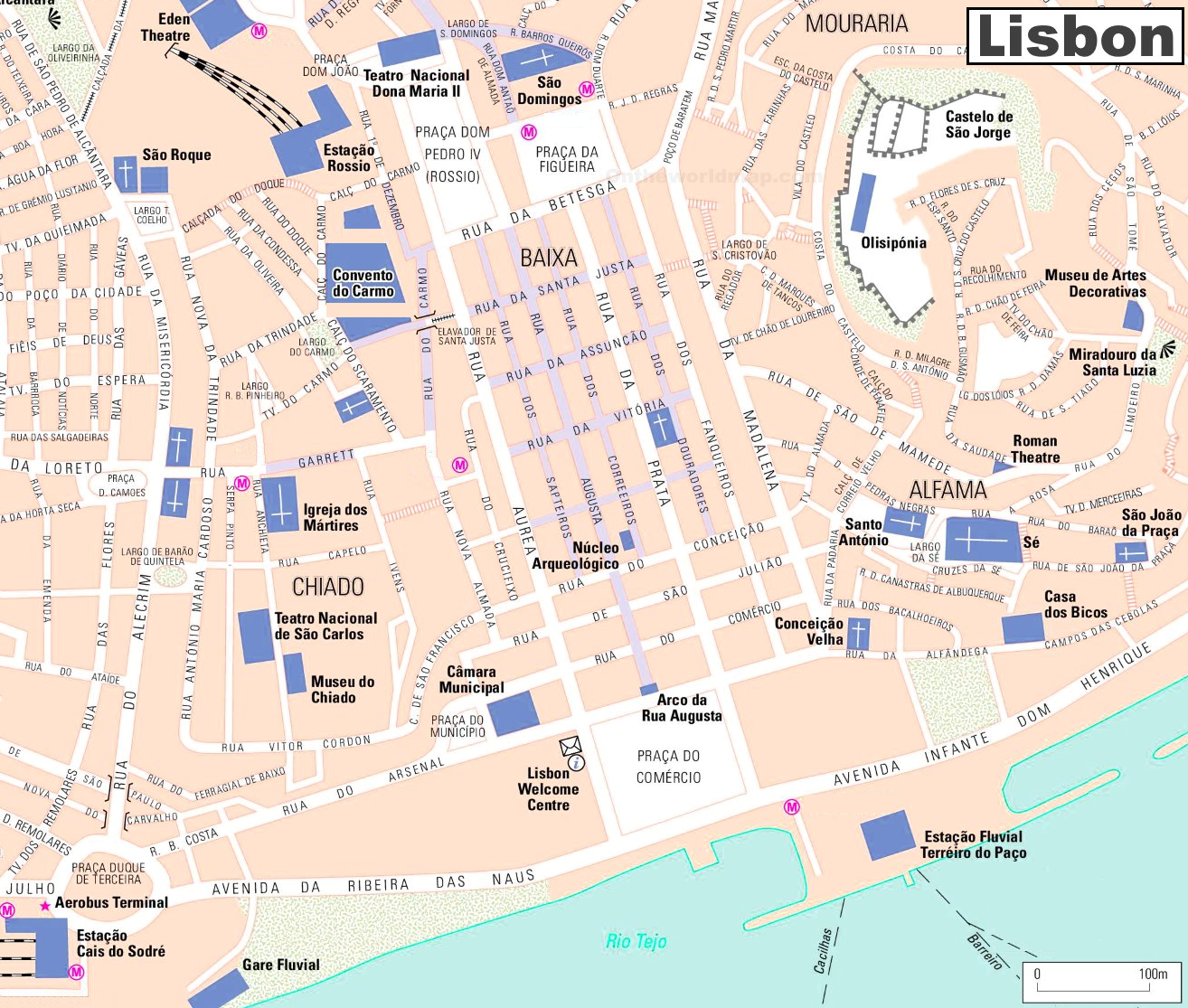
for public transport, lisbon has trams (including the old lisbon-only yellow ones), buses, a metro system (m) and ships.
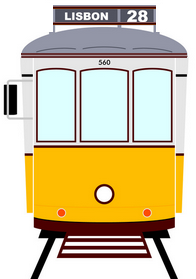
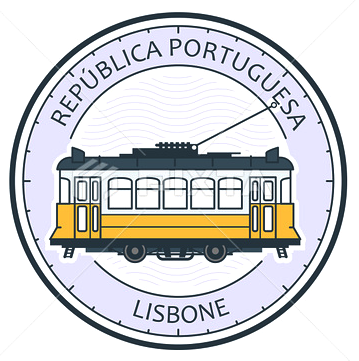
the historic castle, located on a hill north-east of the city center, has mostly survived.
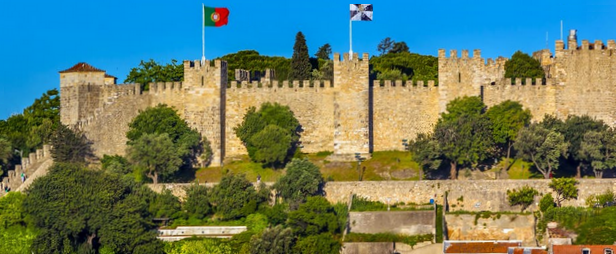
a unique feature are the tiles, called "azulejos". they can be seen about everywhere, including whole house facades, and there is even a large museum about them.
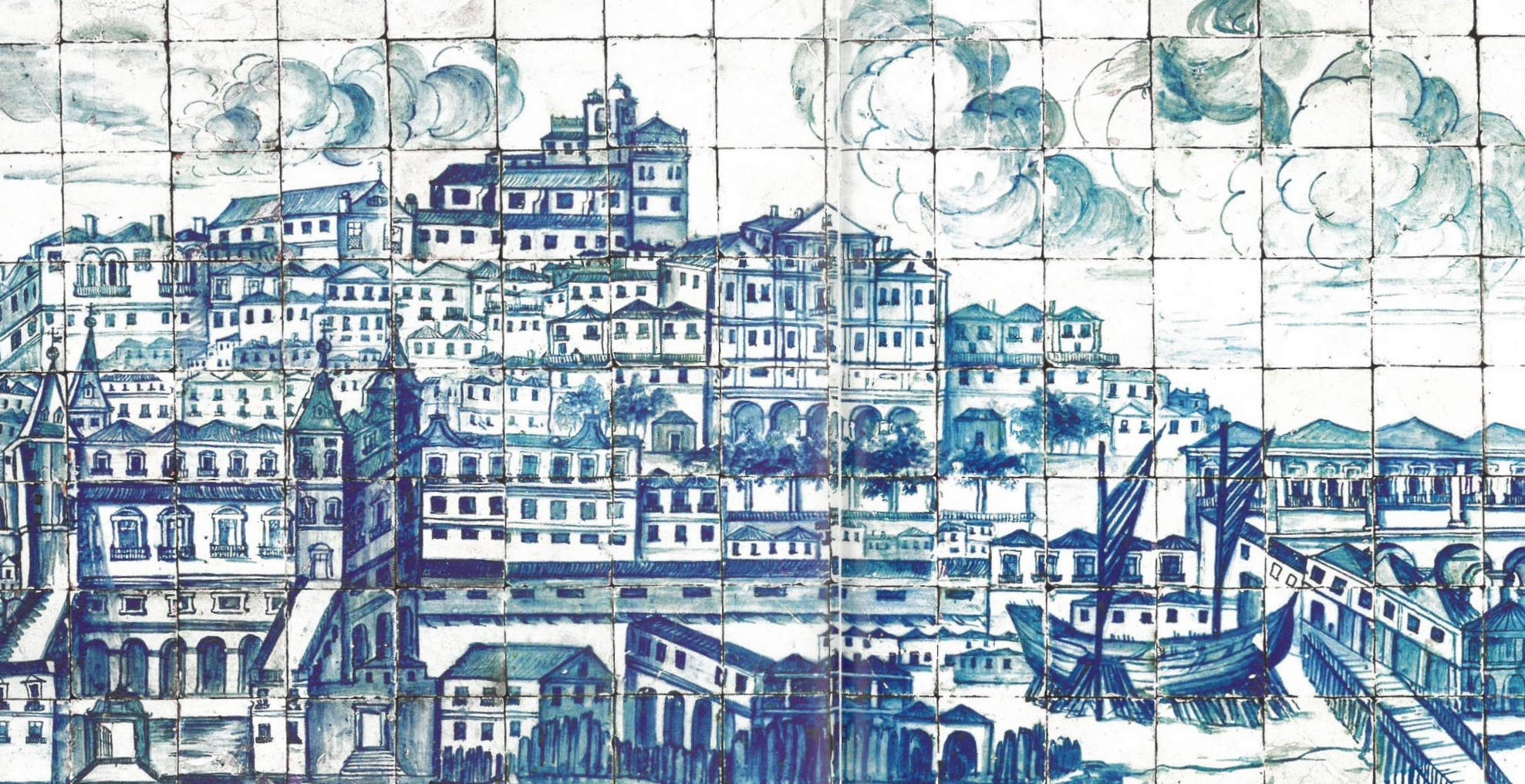
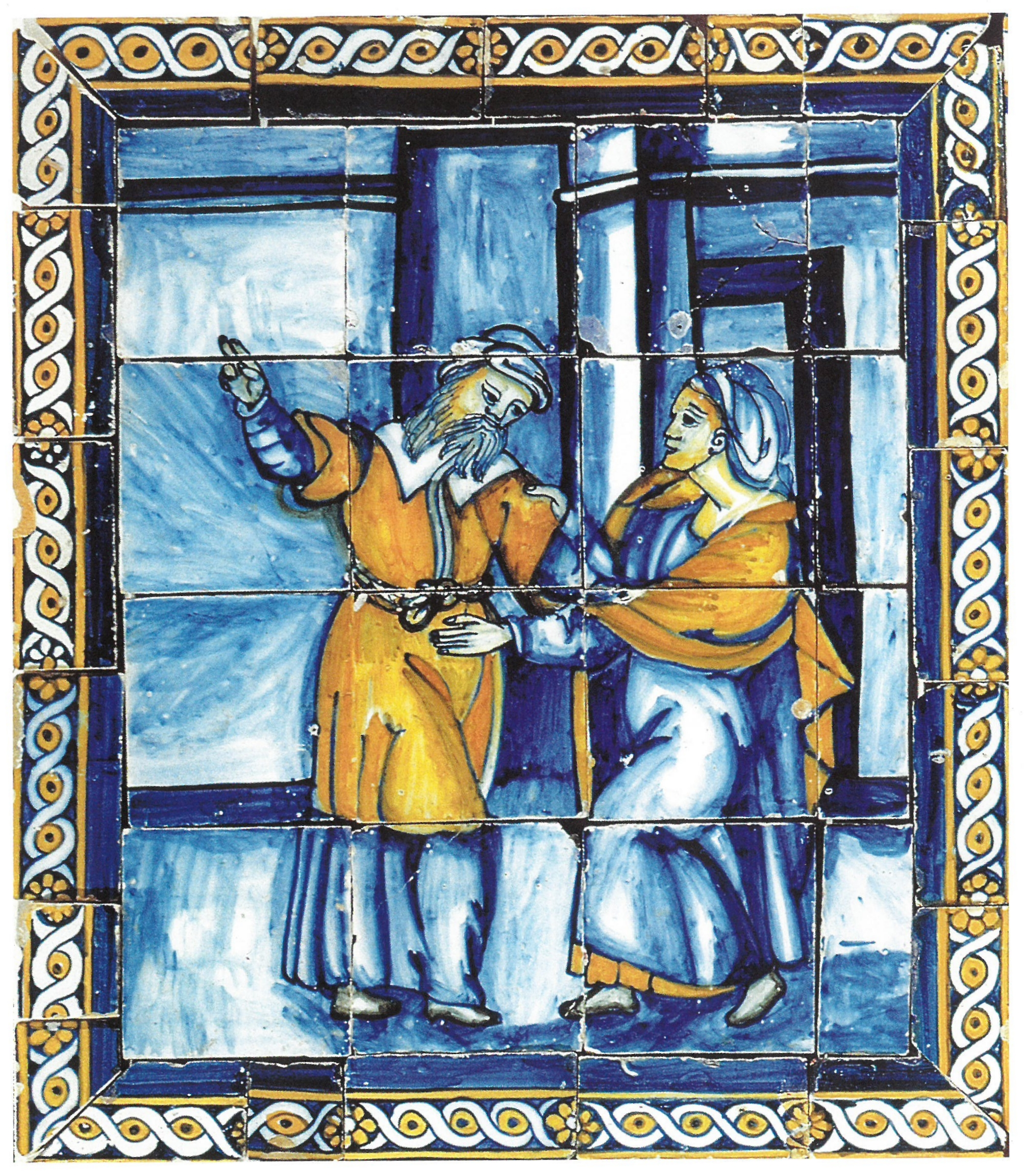
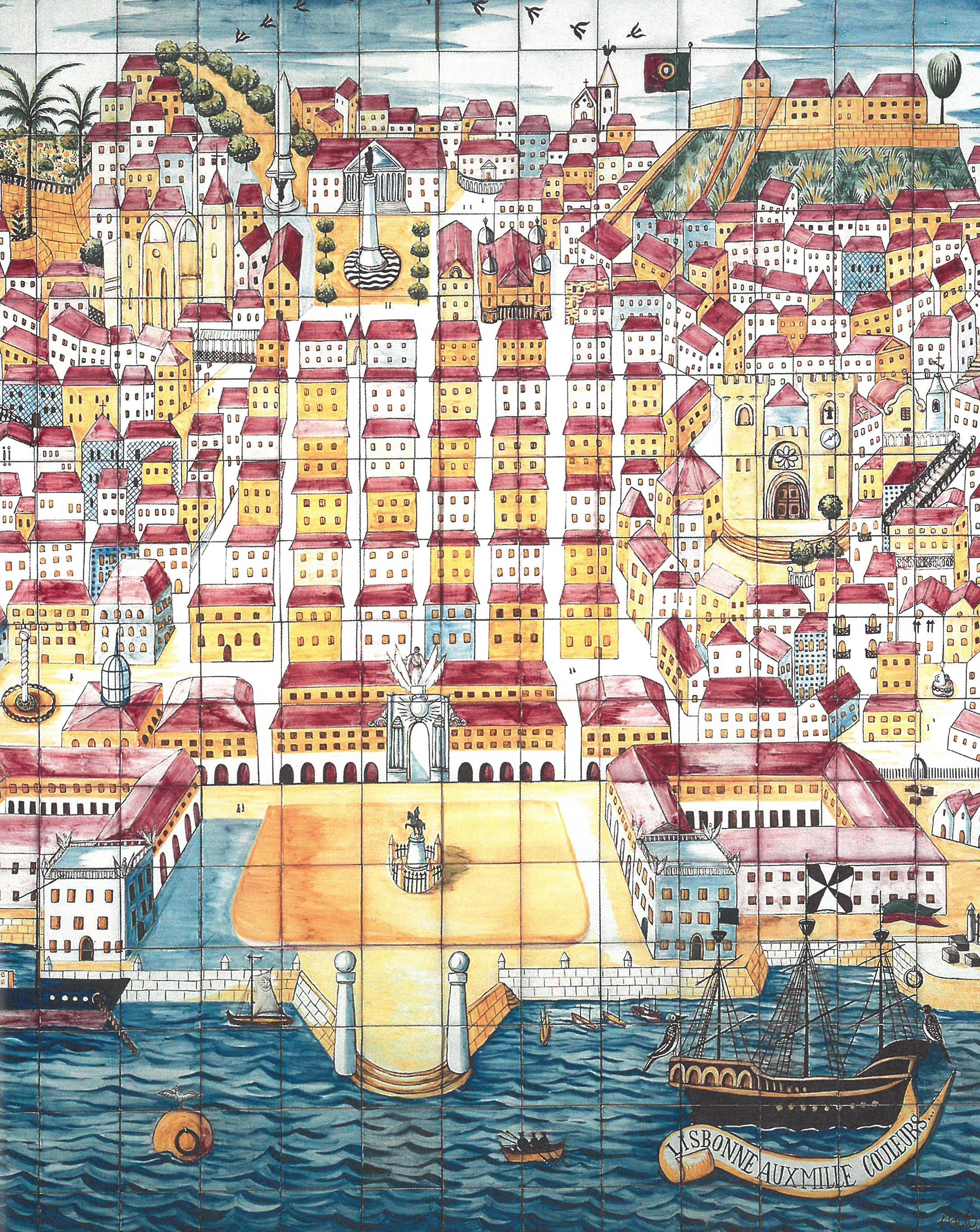
this very large azulejo shows lisbon when the destroyed central area was rebuilt after the earthquake, and it contains historic buildings like the cathedral and the castle.
in terms of music, a unique guitar is manufactured, different to all spanish guitars, which has 6x2=12 strings (!) and produces a very rich sound.
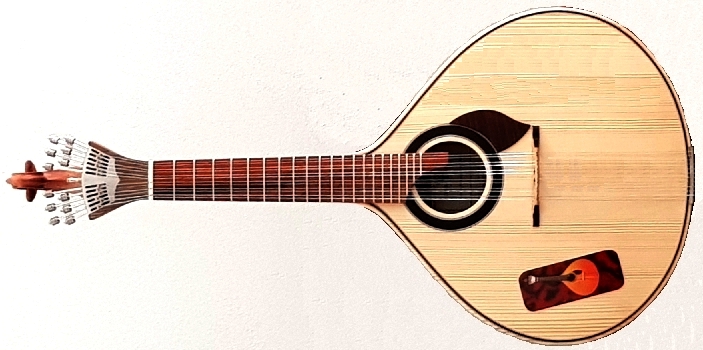
finally - many traditional professions have survived, technical ones and social ones. a special one is hairdressing.
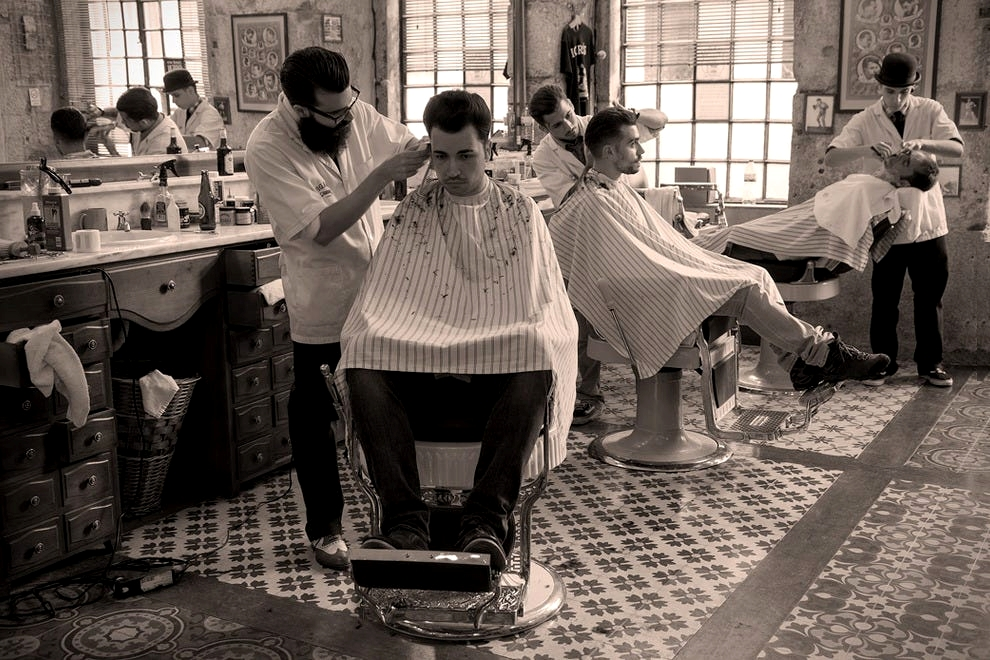
even the venues are customary in style. so, to end the voyage to portugal with a local haircut was certainly fun!
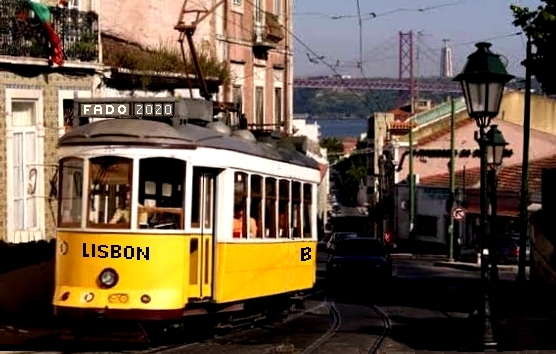
to sum up - - there's no doubt what a precious target lisbon is. and exploring it in the old yellow trams is a special pleasure!
personal comment:
because of illness, in 2019 i could not photograph as much as usual. therefore this lisbon gallery also uses some public images.
